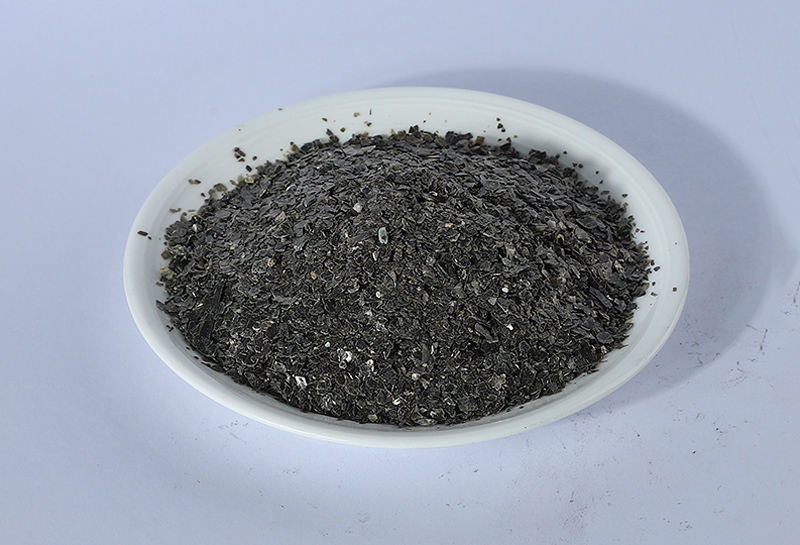The Safety of Mica Powders: Unveiling the Truth
In recent years, mica powders have gained popularity in various industries, from cosmetics to arts and crafts. Known for their shimmering and reflective properties, these powders add a touch of glamour to a wide range of products. However, a growing concern surrounds the safety of mica powders, prompting us to delve into the intricacies of their composition and potential risks.
Mica is a naturally occurring mineral that belongs to the silicate mineral group. It is prized for its unique crystalline structure, which imparts a pearly or glittering appearance when ground into a fine powder. Mica powders are commonly used as colorants and additives in a myriad of products, including cosmetics, paints, and plastics.
Cosmetic Applications
One of the primary uses of mica powders is in cosmetics, where they are employed to add luster and sparkle to various beauty products. They are frequently found in eyeshadows, lipsticks, and nail polishes. The Food and Drug Administration (FDA) has approved the use of mica as a colorant in cosmetics, deeming it safe when used in accordance with established regulations.
Potential Health Concerns
While mica itself is generally considered safe, concerns arise when examining the presence of other minerals often found alongside it in natural deposits. These minerals, such as quartz and heavy metals like lead and arsenic, may contaminate mica powders during the extraction process. Prolonged exposure to these impurities can pose health risks.
Regulatory Standards
Regulatory bodies play a crucial role in ensuring the safety of consumer products. The cosmetics industry, for instance, adheres to strict guidelines set by organizations like the FDA and the European Union. Manufacturers are obligated to test their products to meet safety standards, including limits on potentially harmful substances. Consumers are encouraged to choose products from reputable brands that prioritize safety and transparency.
Transparency in the Supply Chain
To address concerns regarding mica powder safety, there has been a growing emphasis on transparency within the supply chain. Responsible manufacturers are taking steps to trace the origin of their mica, ensuring that it is sourced from mines with ethical and sustainable practices. This not only minimizes the environmental impact but also reduces the likelihood of contaminants in the final product.
Safe Usage Practices
Ensuring the safety of mica powders also falls on the end-users. Consumers should follow recommended usage guidelines provided by product manufacturers. Avoiding inhalation of mica powder particles and preventing direct eye contact during application are essential precautions. Additionally, storing products away from children and pets can prevent unintentional ingestion.
Conclusion
In conclusion, the safety of mica powders hinges on various factors, including their source, manufacturing processes, and adherence to regulatory standards. While concerns about potential contaminants exist, responsible practices within the industry can mitigate these risks. Consumers can contribute to their safety by making informed choices, supporting transparent brands, and following recommended usage guidelines. As the industry continues to evolve, it is crucial for all stakeholders to prioritize safety and sustainability in the use of mica powders. For more details please contact Hebei Chida

Comments
0